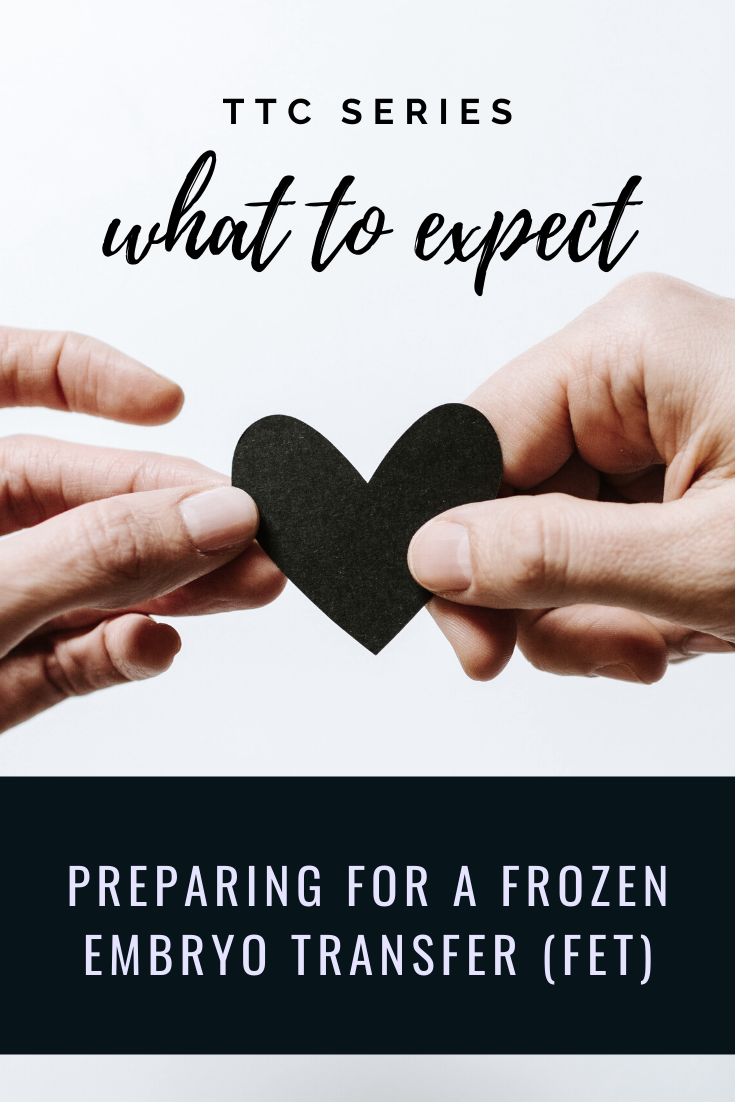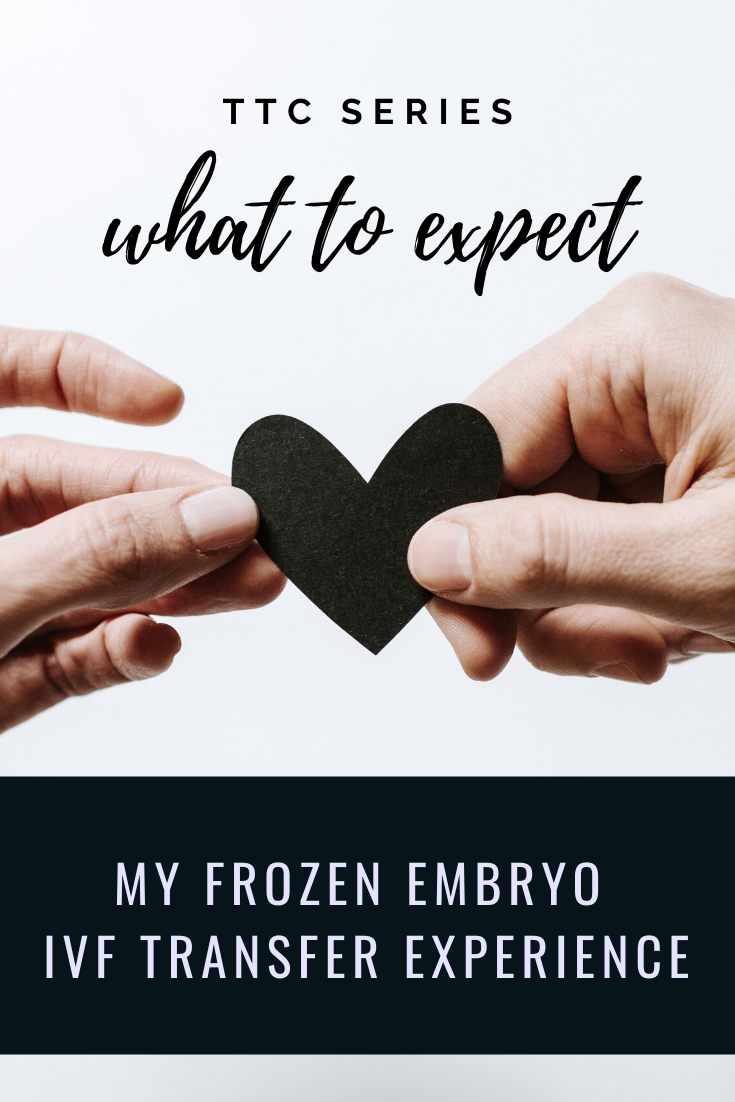Preparing For A Frozen Embryo Transfer (FET)
Why is there so little information out there on the actual ins and outs of preparing for a frozen embryo transfer? Sure, I found a bunch of “What to Eat” and “What to Expect” posts, but I couldn’t find a single article breaking down the actual medication and blood work required for a FET (frozen embryo transfer). My clinic didn’t even send me a calendar like they did for STIMS. I was only told to call on the first day of my period post egg retrieval surgery. After that, I just went to each appointment as they were scheduled with zero knowledge of the next steps until I finally got on the phone with my nurse to ask for the details.
Because of my needle phobia, I opted to go the medication rather than the injection route for my FET. Not everyone has that option since every case is different, but it was pretty much a prerequisite for me before even starting IVF. If you saw the needle, you’d understand. The PIO injections are done intramuscularly in the hip area with a thick 1.5 inch needle, starting about 5 days before transfer and continuing every day for 10-12 weeks if the transfer is successful. Yea, no. But that doesn’t mean I got off easy. Some would actually prefer the jab.
The point of the medications is to thicken your uterine lining and prepare your body for implantation. The progesterone also helps sustain pregnancy, but because IVF stops a woman from producing it herself (at least at first), it’s vital to get it through other means (i.e. injections or suppositories).
In order to avoid the PIO injections, I signed up for 10-12 weeks of vaginal suppositories and progesterone pills, which are massive softgels that cannot be cut or chewed. Before this, I couldn’t even swallow the tiniest birth control pill, so let’s just say, a lot of choking was involved as I attempted to get one down every morning, afternoon, and night. A week in, I still can only manage to swallow the pills with a mouthful of pasta, and it usually takes a few tries each time.
Another aspect I wasn’t prepared for was the cost of the FET medications. I thought the expensive part was over, but assuming our transfer works, we’ll be spending about $400 every 10 days until my doctor gives me the okay to stop. And the last point that no one wants to talk about is… what if it doesn’t work? As I mentioned, you start taking progesterone (in whatever form) 5 days before transfer and then continue throughout the two week wait, that brutal period of time where you’re technically pregnant, but it’s too soon to tell if it stuck. There’s about a 60% chance a genetically tested embryo will stick, which is a terrifying stat, especially after making it this far. If you do get your BFP (big fat positive), your medication schedule stays the same, but if you get a negative result, you stop all meds immediately. In the case of a negative, hopefully you can repeat the process the following month if you have another embryo in the freezer.
Keep in mind that every doctor is different, so my schedule may not match your own, but this was my experience leading up to transfer day:
Cycle Day 1 - Call the office
Cycle Day 3 - Blood Work/Ultrasound
Cycle Day 5 - Repeat Blood Work/Ultrasound (levels were too high)
Cycle Day 5 - Start taking Estrace 2x day (small blue pill)
Cycle Day 9 - Start taking Estrace 3x day
Cycle Day 15 - Blood Work/Ultrasound
Cycle Day 20 - Continue taking Estrace 3x day. Start taking Prometrium 3x day (massive softgel capsules) and using Endometrin 2x day (vaginal suppositories). Continue all through the first trimester. Take one dose (2 pills) Azithromycin.
Cycle Day 24 - Blood Work/Ultrasound
Cycle Day 25 - TRANSFER DAY
As for what to eat, my doctor gave me a recommended list of foods, but the main thing is to just be as healthy as you can while you prepare your body for pregnancy. To me, that looked like taking daily walks and consuming a lot more fruits and vegetables, in addition to my prenatal vitamins.
Sending sticky vibes to all my fellow infertility warriors!
xx Esther




